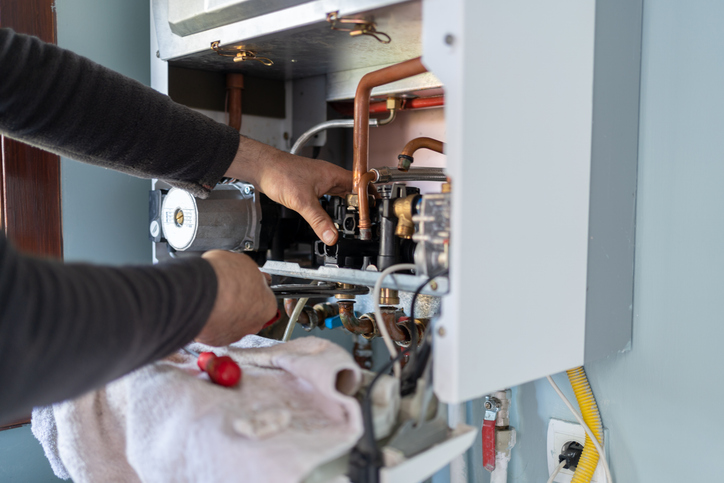
By Kara Masterson
Having a well-functioning furnace at your disposal is essential to keeping you and your home warm and cozy during the colder months. However, when issues arise, knowing how to address them can save you time, stress, and money. Here’s an in-depth guide to furnace repair, presented in a practical listicle format, to help you tackle common problems and maintain your system efficiently.
Recognizing Common Furnace Issues
Furnaces can experience a variety of problems, many of which are easy to spot. Some of the most frequent issues include uneven heating, short cycling where the furnace turns on and off repeatedly, and a lack of airflow coming from vents. Unusual noises such as banging or screeching, a pilot light that won’t stay lit, and an unexpected rise in energy bills can also indicate something is amiss. Being aware of these symptoms gives you a head start on addressing furnace repairs.
Signs Your Furnace Needs Repair Right Away
Some furnace issues can’t wait for later. If your furnace suddenly stops working in freezing temperatures, it’s time to act fast. Similarly, persistent strange smells—like burning or musty odors—could point to electrical or moisture problems and should be inspected promptly. A carbon monoxide leak is another urgent scenario; if your carbon monoxide detector goes off, turn off the furnace, ventilate the house, and contact emergency services before calling a heating technician.
The Power of DIY Troubleshooting
Before you call for help, there are a few DIY steps you can take that might save you a service visit. Start by checking if the thermostat is set to the correct temperature and mode (heat instead of cool). Next, examine your furnace’s power switch and circuit breaker to ensure it has electricity. Replace dirty air filters to improve airflow, as clogged filters are a leading cause of diminished performance. Finally, make sure the vents throughout your home aren’t blocked by furniture or debris.
Common Mistakes to Avoid During DIY Repairs
DIY troubleshooting can be helpful, but it’s important to know your limits. Never attempt to fix electrical components or gas lines yourself—it’s risky and could void your furnace warranty. Also, avoid pressing the furnace’s reset button repeatedly, as this might further damage internal parts. If you’re not completely sure on how to proceed, it’s always better to call a professional rather than guess.
The Importance of Regular Maintenance
Preventative care is key to keeping your furnace running efficiently year after year. Schedule a professional tune-up at least once a year—preferably before the winter season begins. During a maintenance visit, technicians clean internal components, inspect for wear and tear, and ensure everything is operating safely. Routine maintenance can also extend your furnace’s lifespan and reduce the likelihood of costly repairs down the road.
When to Repair vs. Replace Your Furnace
It’s a tough call—should you repair or replace your furnace? Generally, repairs are a smart choice for minor issues or units less than ten years old. However, if your furnace requires expensive repairs, is more than about 15 years old, or has a history of frequent breakdowns, replacement might be the better option. Newer models are more energy-efficient, which can lower your heating bills and offset the cost of installation over time.
Choosing the Right Professional for the Job
When it’s time to call in the pros, hire a licensed and insured technician with a solid reputation, such as someone like McQuade Heating & Cooling Plumbing & Refrigeration. Ask for recommendations from friends and neighbors, and check online reviews to find a trustworthy professional. Get quotes from multiple companies if possible, and make sure they provide detailed explanations of what the repair entails. A qualified technician will not only fix your furnace but also offer advice on how to prevent future issues.
Simple Ways to Keep Your Furnace in Good Shape
Even if your furnace is working fine, small steps can help keep it in top condition. Replace air filters about every 1-3 months, depending on how much you use your system. Keep the area around your furnace free of clutter to ensure proper airflow and safety. Finally, monitor your thermostat settings and avoid drastic temperature changes, as these can strain the system unnecessarily.
By taking proactive steps and knowing when to call for professional help, homeowners can tackle furnace problems with confidence. A well-maintained, properly repaired furnace will provide consistent warmth and peace of mind all winter long.
Kara Masterson is a freelance writer from Utah. She graduated from the University of Utah and enjoys writing and spending time with her dog, Max.



